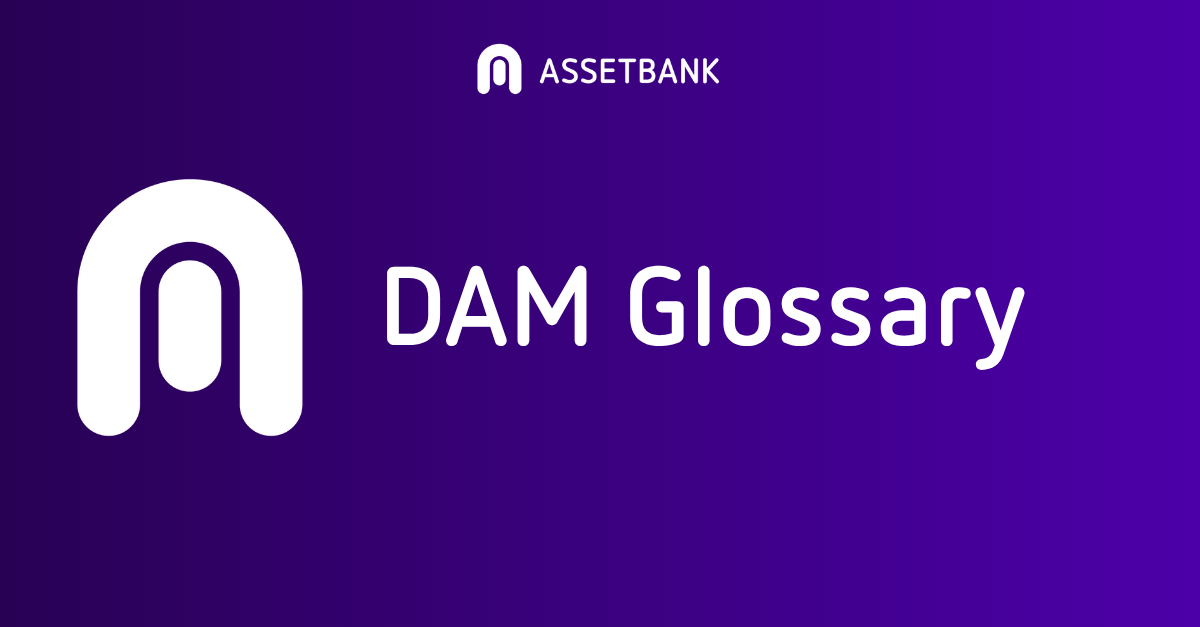
10 Crucial Every Day Digital Asset Management System Features
So you’re thinking of investing in a digital asset management system. You’re sold on working faster, smarter and more collaboratively. But what do you need to look for? Here are our top 10 features to look for in a Digital Asset Management system, so you can pursue your DAM project with confidence.
1. Upload
You’ll upload a lot of assets to your DAM. When you first set up the system, you’ll need to migrate over your existing collection of assets. This may number in the thousands. After that, you’ll regularly upload new assets as they become available. This means an easy and intuitive upload function is essential.
Look for: Drag-and-drop upload functionality. Bulk upload option
Business benefit: Quicker uploading makes your assets available ASAP. Easier uploading means people are more likely to engage with the system.
2. Metadata and tagging
Metadata is the information that is attached to your digital assets. It includes information that can be automatically gleaned from the file - such as date of creation, file type and size - as well as information you add to help you find and use assets effectively - such as subject matter and keywords. Tagging is the process of adding metadata to your assets. Some DAMs harness AI to automatically detect asset content and attach appropriate metadata.
Look for: Flexible ways to add detailed metadata. AI-tagging.
Business benefit: Add the metadata you need to make assets discoverable. Automatic and AI-tagging makes the process quicker and more thorough. Increase ROI of assets by making them easy to find and re-use.
3. Search and browse
One of the major advantages of a Digital Asset Management system is making your assets easy to find, access and re-use. This means better ROI on your investment in assets. As well as improving access to brand assets across your organisation. Search functionality to find specific assets is key. But so is the ability to browse and see what’s available, so it’s essential your Digital Asset Management system allows for an intuitive folder structure.
Look for: The ability to create easy-to-navigate folders and subfolders. Search, advanced search and search filters.
Business benefit: Increasing discoverability and re-use of assets. Catering for different user navigation preferences can increase user adoption.
4. Download
Different download options are one of the major benefits of a Digital Asset Management system. Unlike a simple file server - where users can only access the original file - a DAM can create dynamically create different versions of a file. For example, an image file could be downloaded in different resolutions, file formats or sizes, depending on the intended use.
Look for: Intuitive download functionality. Multiple download options. Bulk download. Automatic file conversion.
Business benefit: Staff have instant access to files in the formats they need. No need to edit files in a separate system - like Photoshop - before use.
5. Sharing
Collaborating with internal colleagues or external collaborators? Then you’ll need the ability to share assets. Digital asset management systems offer lots of different options for this. For example, shared collections that multiple DAM users can log into and access. Or share links, which make a collection accessible to external collaborators without needing a login.
Look for: The ability to share assets and collections with internal and external users, whilst maintaining appropriate access control.
Business benefit: Increased efficiency and asset security. No more time wasted transferring assets via email or third-party FTP sites.
6. Usability
Usability isn’t just a nice-to-have when you’re choosing software. If people can’t work out how to use your new tech, they won’t. That’s a serious risk to your DAM implementation. To mitigate against this, prioritise user experience and choose a DAM that’s intuitive and easy to use.
Look for: Intuitive user dashboard. Ease of use. Clear steps to perform top tasks.
Business benefit: Easier onboarding and higher user adoption is the fast track to ROI.
7. Security
Data security is paramount so look for a DAM that lets you rest easy at night. Should there be any sort of security breach, you want to know that your data is encrypted so that it cannot be read by an attacker. A company serious about data security will also have business processes in place to make sure they are keeping your data safe.
Look for: Password protection. Advanced permission controls. Encryption. Certified suppliers. Accreditations like ISO/IEC 27001:2013.
Business benefit: Data confidentiality. Risk management.
8. Permission levels
There are some assets you’re happy to share with everyone. Others need more protection. That’s where permission levels come in. Permission levels let you choose who can do what in your Digital Asset Management system. You can set up different user groups - like admins, advanced users, standard users. And different actions within the system - like uploading, downloading, or view-only access. This gives you the control you need over confidential or embargoed assets.
Look for: Advanced permission controls. Ability to assign different permissions to particular assets or groups of users.
Business benefit: Protect your business from accidental asset misuse (or even malicious activity).
Discover how you can manage permissions in Asset Bank in this handy Youtube video.
9. APIs
APIs let you connect your Digital Asset Management system to other everyday tools. For example, you may be able to integrate your DAM with your design, photo-editing, or project management software. This means you can open and edit your assets within another application, and have changes automatically reflect in the master file.
Look for: Easy integration with other software in your stack.
Business benefit: Reduces friction between systems. Saves time and makes workflows more efficient.
10. Hosting
There are a lot of hosting options with DAM. Your main choices are between hosting the system on your own server / private cloud or having it hosted for you by the DAM provider. Hosting it yourself may be viable if you have the infrastructure and team able to properly support it. Hosting in the cloud is rapidly becoming the de-facto standard. It makes your data highly available, from anywhere in the world, and removes the hassle of server and application maintenance for your IT Team.
Look for: Hosting options that match your specific organisational needs.
Business benefit: Keep the control you need. Or outsource to the experts.
Feeling more DAM-savvy? We hope so. You now know the top ten things to look for when you’re choosing a Digital Asset Management system.
Next, why not check our ebook 11 Steps to Purchasing a Digital Aset Management System?


